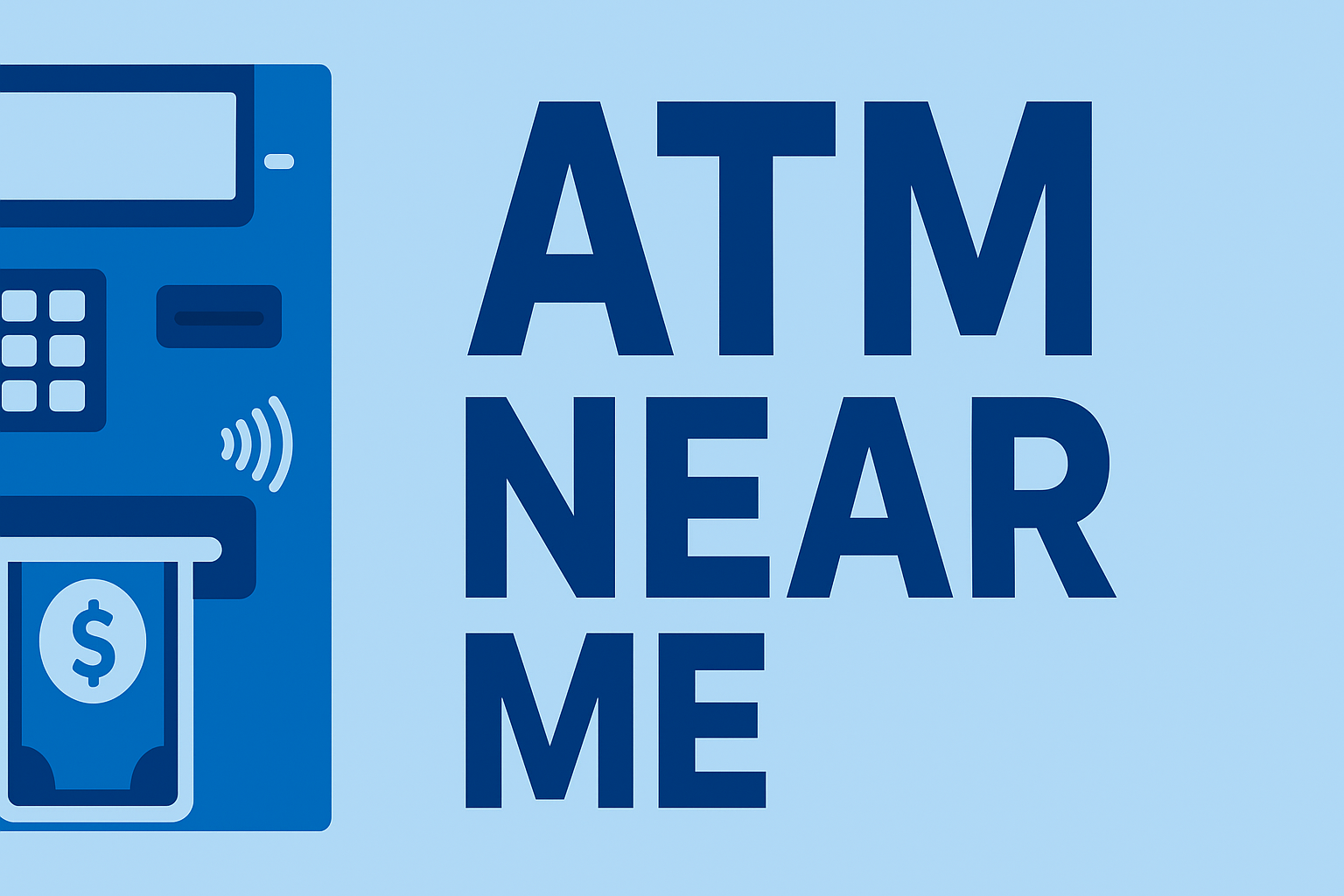Not all ATMs process your transaction the same way. Some belong to surcharge-free networks like Allpoint or MoneyPass, while others charge fees because they’re part of independent or bank-owned networks. Behind the scenes, these networks use different routing paths, fee agreements, encryption keys, and switching systems to approve or decline your transaction.
For an overview of how ATM hardware, software, and networks work together, see our complete guide: How ATMs Work.
What Is a Surcharge-Free ATM Network?
A surcharge-free network is an agreement between ATM operators, banks, and payment switches that allows you to withdraw cash without a direct fee from the ATM owner. Common networks include:
- Allpoint
- MoneyPass
- CU24 / Credit Union Co-op Network
These ATMs still charge interchange fees between financial institutions, but they do not charge the customer directly.
How Paid ATM Networks Work
Paid networks are owned by banks or independent operators (like Cardtronics) and charge a surcharge because they do not have agreements with your bank. When you withdraw cash at these machines, two fees may appear:
- ATM operator fee (charged by the machine)
- Bank or credit union out-of-network fee
This happens because your bank must pay the ATM operator for network access.
How ATM Transactions Are Routed in Surcharge-Free Networks
Surcharge-free networks use shared switches and agreements that allow direct routing to your bank without extra service charges. The path typically looks like this:
- ATM → Network switch (ex: Allpoint)
- Network → Your bank’s host processor
- Bank → Approval or decline response
- Response → ATM dispenser
This process is fast because surcharge-free networks have dedicated routes that prioritize interoperability.
If you want to understand the routing process deeper, see: How ATM Networks Route Transactions.
How Paid ATM Networks Route Transactions
Paid networks often use independent switches, which may result in:
- Longer routing paths
- More interchange fees
- Additional surcharges for access
Because these machines are not part of your bank’s agreement, the ATM owner sets the surcharge—sometimes $3 to $8.
Surcharge-Free Networks Use Different Security Keys
Surcharge-free networks often use shared or partner encryption keys that allow seamless PIN verification across multiple banks and credit unions. Paid networks rely on higher-cost host processing agreements.
To learn how PIN data is protected inside the ATM, see: EMV Chip ATM Security.
How Fees Are Calculated During the Transaction
During the approval process, the ATM checks:
- Your bank’s out-of-network fee rules
- The ATM owner’s surcharge table
- Whether your account is part of a no-fee network
- Whether your card BIN is allowed through a partner network
If a surcharge applies, the ATM must legally display it before completing the withdrawal.
Which Networks Offer the Most Fee-Free Access?
In the U.S., these are the largest surcharge-free networks:
- Allpoint – 55,000+ ATMs
- MoneyPass – 40,000+ ATMs
- CO-OP Credit Union Network – 30,000+ ATMs
Final Thoughts
Surcharge-free ATM networks save money by eliminating out-of-network fees and routing your transaction through partner switches. Paid ATM networks route transactions differently and require additional interchange and operator fees.
Understanding these network differences helps you choose the right ATM—and avoid unnecessary charges.
